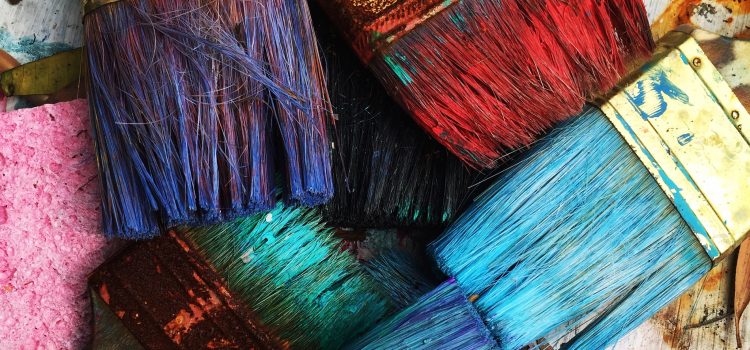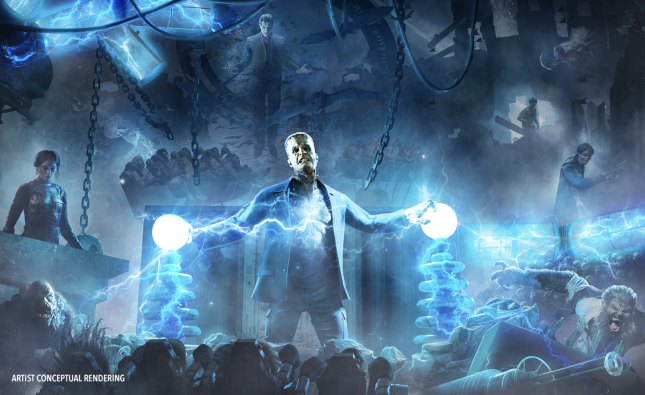
As an artist, one of the most important skills you can develop is the ability to create depth in your work. Depth adds dimension and interest to your art, drawing the viewer in and creating a sense of space and atmosphere. Whether you’re working in painting, drawing, or digital art, there are several techniques you can use to create depth and bring your art to life.
1. Use Perspective
Perspective is one of the most fundamental techniques for creating depth in art. By using perspective, you can create the illusion of distance and space in your work. There are several types of perspective, including one-point, two-point, and three-point perspective. One-point perspective is often used in architectural drawings, while two-point perspective is commonly used in landscape and cityscape drawings. Three-point perspective is used to create the illusion of extreme angles and is often used in science fiction and fantasy art.
2. Play with Light and Shadow
Light and shadow are powerful tools for creating depth in your art. By using light and shadow, you can create the illusion of form and volume. Pay attention to the direction of your light source and use shading to create the illusion of depth and dimension. You can also use highlights to create the illusion of reflective surfaces and add texture to your work.
3. Use Overlapping Shapes
Overlapping shapes is a simple but effective technique for creating depth in your art. By overlapping shapes, you can create the illusion of objects being in front of or behind each other. This technique is often used in landscape and still life drawings, where objects are arranged in layers to create a sense of depth and space.
4. Create Atmospheric Perspective
Atmospheric perspective is the technique of creating the illusion of distance by using color and value. Objects that are farther away appear lighter and less saturated, while objects that are closer appear darker and more saturated. This technique is often used in landscape drawings to create the illusion of depth and distance.
5. Experiment with Texture
Texture is another powerful tool for creating depth in your art. By using different textures, you can create the illusion of different materials and surfaces. Experiment with different mark-making techniques and materials to create texture in your work. You can also use texture to create the illusion of depth and dimension, such as using rough textures to create the illusion of a rocky surface.
In conclusion, creating depth in your art is essential for bringing your work to life. By using techniques such as perspective, light and shadow, overlapping shapes, atmospheric perspective, and texture, you can create the illusion of space and dimension in your art. Experiment with these techniques and find what works best for your style and medium. With practice and patience, you can create art that draws the viewer in and leaves a lasting impression.










